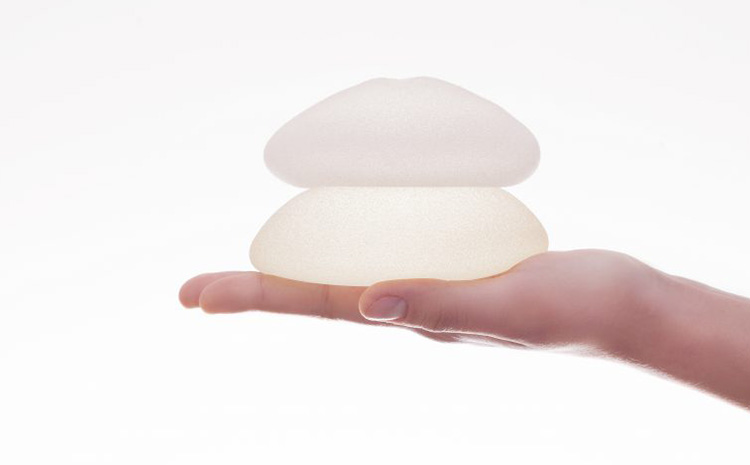
Everything You Need To Know About Silicone Breast Implants
FDA Approved the Use of Silicone Breast Implants
In 1992, Food and Drug Administration (FDA) restricted the use of silicone breast implants for breast reconstruction to women who underwent breast cancer surgery. For the next 14 years, Saline breast implants were used for women who underwent breast reconstruction surgery.
On November 17, 2006, the FDA finally approved the use of silicone breast implants for breast augmentation and reconstruction after reviewing that silicone implants were safe to use. The use of this medical prosthesis was also proven to be safe to correct breast developmental defects and improve the result of previous breast surgery.
In addition, since breasts can continue to develop until a woman reaches her early 20s, FDA requires women to undergo breast augmentation with saline breast implants for those below 22 years old. When they reach the age of 22, they will be more likely to receive silicone breast implants.
Knowing Silicone Breast Implants
Breast implants, no matter what type it is, have a solid silicone shell. These medical devices are usually being inserted inside the breast to augment, reconstruct, and improve its physical form.
The most popular and commonly used breast implant in the market is the silicone breast implant. This implant consists of a silicone outer shell that is filled with a silicone gel inside. They come in different sizes and shapes. It is generally used to create a more natural feel and look to the breast. This is why it is one of the most preferred breast implants by women who want natural projection and fullness to their breasts.
The other type of breast implant is called saline implants. These are filled with saline or salt water. These implants are only available for general use in breast augmentation.

How Silicone Breast Implants Work
The surgery is normally performed under local/ general anaesthesia. This depends on the surgeon and patient’s discussion before the surgery.
During the surgery, the breast implant is inserted into a pocket that the surgeon creates through the use of small incisions. This is to make a room for the implant inside the breast. Once the implant is positioned into the pocket, the incisions will be closed and bandaged. The entire procedure usually takes two hours or less, and it is necessary for the patient to go home and rest after the surgery.
Myths About Silicone Breast Implants
There is nothing to worry about in using silicone-filled breast implants for it has been proven to be safe and is supported by extensive pre-clinical device testing. It has been widely used in 1,000,000 women worldwide up until now so there’s no doubt that it is safe and effective.
Now, below are the several myths about silicone breast implants that we will be debunking.
Myth 1: “In general, silicone products are not safe for use in the body.”
Fact: Silicone has been considered safe for many years and it has been used in numerous medical devices including pacemakers, artificial joints, and even baby pacifiers.
Myth 2: “Silicone implants rupture due to normal activities or mammography.”
Fact: Silicone implants might rupture due to routine physical activities or mammograms. However, today’s breast implants have a thicker shell with a barrier layer to make the implants become stronger and to ensure that it won’t cause any leak. These shells can withstand more than 25 times the force of a normal mammogram.
Breast implants, both saline and silicone are not used as lifetime devices. There is a possibility that they may fail at some point inside the woman’s breasts due to complications and that will be the time a replacement is required.
Myth 3: “Silicone gel implants cause cancer or diseases like rheumatoid arthritis and lupus.”
Fact: Silicone breast implants have been deliberated as the most extensively studied of medical devices in history with thousands of published reports that continue to support their use. There have been no proven studies that silicone implants are associated with cancer or other diseases.
Myth 4: “Silicone breast implants can adversely affect a mother’s milk and interfere with breastfeeding.”
Fact: There is no evidence found from studies that elevated silicone in mother’s milk or any other substance that can be harmful to infants. All mothers with silicone breast implants are prompted to breastfeed their children.
Myth 5: “Breast augmentation surgery often results in unnatural and disproportionate results.”
Fact: Breast augmentation can be successful in meeting the woman’s expectation through consulting and proper pre-surgical planning. This can be performed by assessing thoroughly the dimensions of the woman’s chest and her tissue dynamics.
Today, FDA confirms that silicone breast implants are a safe and effective option for women who seek breast implant surgery. This is to help them rejuvenate their breasts after childbearing, or turning their desired size and shape into reality.
